By Louie Stout
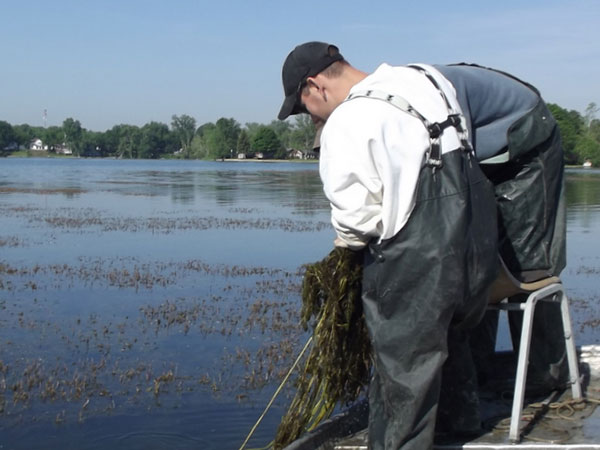 Weed Treatments Hot Button with Anglers
Weed Treatments Hot Button with Anglers
DNR Assistant Biologist Tyler Delauder is shown taken samples of plant life that impact boating in Center Lake in Warsaw.
If you want to get anglers riled up, bring up the topic of lake and river associations applying chemicals to kill aquatic plants.
That topic created a firestorm on social media this week when the Indiana DNR announced it issued $585,000 in grant money to lake groups to treat weeds in Hoosier lakes. The 42 projects involve lakes in 16 counties, most of which are in the northern part of the state.
The grants are issued through the Lake and River Enhancement Fund supported by boat owners’ fees paid annually when they register their boats.
The DNR pays for 80 percent of the approved treatments and the sponsoring lake group pays the other 20 percent.
The approved projects specify how much and what areas are to be treated and are designed to only kill “exotic, invasive species plants” that obstruct recreational boating.
In most fishermen’s minds, it’s always too much and affects fishing adversely. Most chemicals are applied during the spring spawning season, and have been known to eradicate fish habitat completely in treated areas.
In some lake residents’ minds, it’s never enough. As aquatic plants grow during the summer and thicken around shorelines and shallows, many believe it impedes their recreational enjoyment of the lake or river.
Indiana fisheries biologist Jed Pearson is often caught in the middle. He and other fish biologists spend 25 percent of their time attending meetings, filling out paperwork and assessing permits to make sure weed treatments are necessary and limited to trouble areas.
“Lake residents say we only care about fishermen and fishermen say we only care about lake residents,” said Pearson. “We have to factor in all users but never want to rule at the expense of a fishery.”
Pearson admits it has happened in the past, such as on Lake Webster, where the association was granted a permit to apply the herbicide Sonar several years ago, a lethal chemical that wiped out nearly all of the plant life in the lake. The water turned turbid and fishing suffered dearly. Plant life has since come back and fishing is improving.
Pearson said future weed treatments involving extreme chemicals like sonar will be scrutinized closely before approved, and used only in specific situations.
“We were told that some of these chemicals are selective in what they kill, but we’re finding out in the real world, not so much,” Pearson said.
Pearson said excessive weed treatments can harm water quality, plant life and production of insects. That not only affects fishing, but water clarity as well.
“We try to stress to lake property owners that aquatic plants tie-up nutrients and supply oxygen to the water,” he said. “They help reduce algae blooms and provide better fish habitat. When you have fewer plants, it can lead to changes in fish survival, growth and behavior, not to mention change the appearance of the water clarity.”
Conversely, he added, areas of lakes that are heavily choked with vegetation interfere with the ability of bass to prey on small bluegills. When that happens, too many bluegills survive and there isn’t enough food to support them.
In other words, there has to be a balance, which is why Indiana has employed stricter regulations the past few years on weed treatments.
Oddly enough, Michigan has less restrictive regulations and the Fisheries Department has little or no say in the permit approval process. Presently, the DNR Department of Environmental Quality handles all weed treatment permits.
That could be changing, said Southwest Michigan DNR Fisheries Biologist Brian Gunderman.
“We get a lot of complaints from anglers that these treatments are reshaping fish habitat,” he said. “In some cases, there is collateral damage when plants are treated. It’s definitely a heated issue that we’re looking at.”
We hear those complaints, too. Oftentimes, Michigan fishermen report fish die-offs or kills that they believe are directly related to recent chemical applications.
Gunderman said efforts are underway to include fisheries division’s perspective in how weed treatments are permitted. A work group consisting of fisheries and DEQ has been established to look into these matters. It’s a priority this year, he added.
“The DEQ permit process is geared more toward providing human safety (as far as chemicals that are being applied) than toward habitat,” he said. “There are restrictions on spraying around spawning beds, but we never see the permits that are issued.”
In Indiana, Pearson and other DNR officials say they hear more complaints from lake groups about weed growth than they do from anglers complaining about excessive weed treatments.
“I would hope fishermen would get more involved in the future,” said Pearson. “We just don’t hear much from them.”
Eurasian milfoil is one of the prime targets of chemical applications in both states. Milfoil was introduced to Michiana lakes some 50 years ago and attempts to eradicate it have failed. While chemical treatments knock milfoil down, the plants keep coming back.
Initially, DNR officials believe that eliminating milfoil would allow native plants to come back. However, many native plants are being lost to other water quality issues.
Milfoil becomes the fishes’ only option and when kept in check, can improve water clarity.
“Milfoil,” said Gunderman, “is better than no plants at all.”
For that reason, biologists are beginning to accept that milfoil does provide good fish habitat when native plants aren’t available.
“Where milfoil has a foothold, there isn’t a treatment that eliminates it, so now the focus is to reduce it in areas where it impairs navigation,” said Pearson.
The biologists’ challenge is to keep lake residents happy while sustaining good fish habitat to satisfy anglers.
And that isn’t very easy.





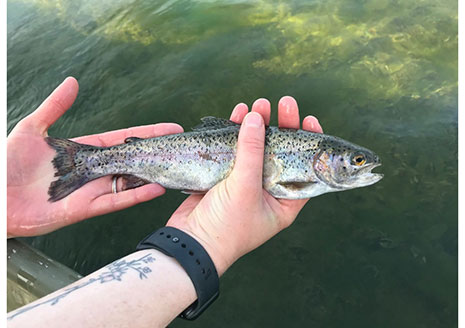
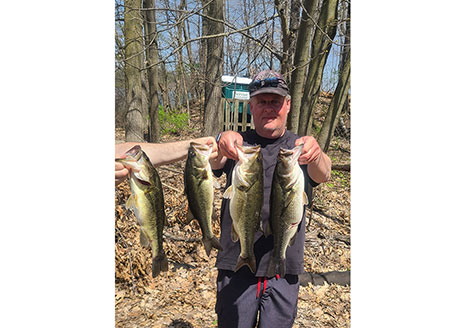
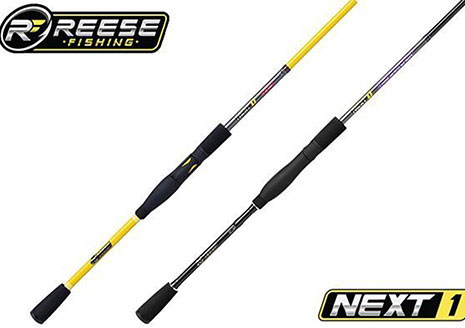

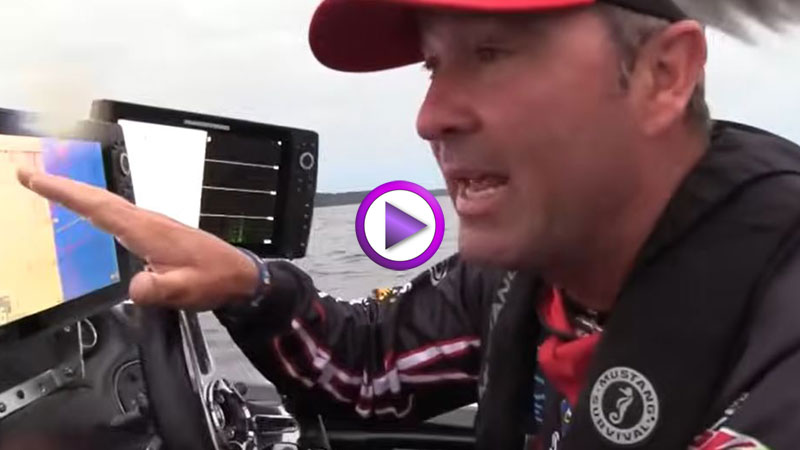





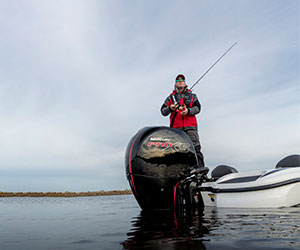


Connect With Us